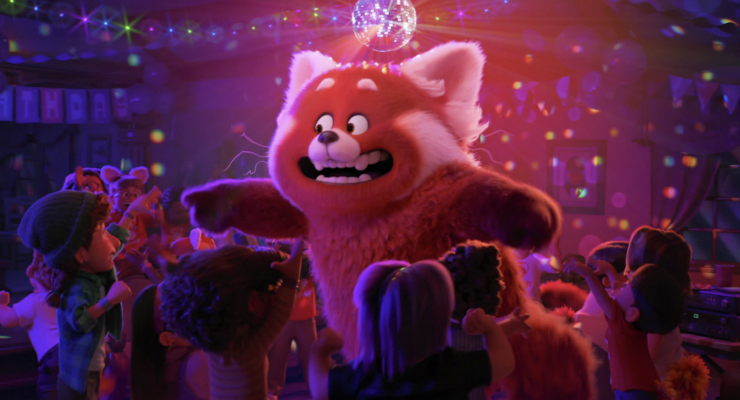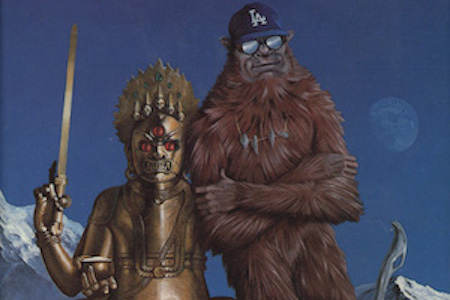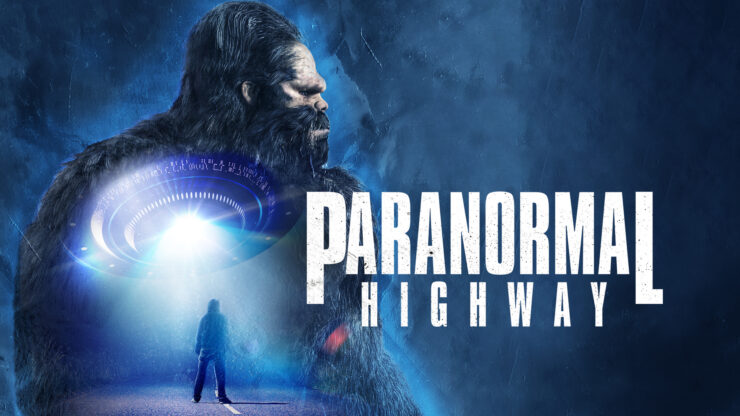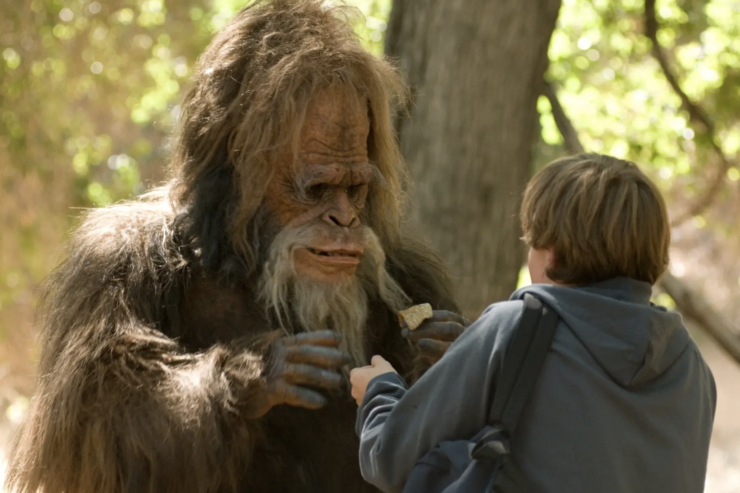It took a little web-searching to find out why a 2022 animated film for kids was set in 2002—which for the tween audience the film is aimed at is ancient history. According to the director, Domee Shi, that’s a perfect year. Pre-social media (she says). Pre-universality of cell phones, when tech wasn’t quite so intrusive as it is now. Heyday of the boy band.
Also, the year she was 13, which is the age of her protagonist, Mei Lee. I think it’s a very personal choice. Her heart is in it, and it shows.
Turning Red is basically 1985’s Teen Wolf, aged down a few years, genderbent, and ethnically diversified. It’s the same plot. Slightly misfit kid, part of a small and tight gang of friends, discovers, as she enters to full flush of adolescence, that she comes from a family of shapeshifters. First she’s appalled, then she embraces it. She turns it into a marketing triumph, she gets into serious trouble with her family, and she fulfills her dream.
For white American high-schooler Scott Howard, it’s werewolf, and basketball championship. For Chinese-Canadian middle-schooler Mei Lee, it’s red panda, and a concert by the boy band 4*Town. In both cases, it’s all about growing up, finding your place in the world, and learning to accept yourself for what you are.
There’s a line in a film of almost that exact period, The Princess Diaries (2001), that sums up how it feels to be in the throes of adolescence: “I’m still waiting for normal body parts to arrive.” Both Scott and Mei go a whole lot further. They turn into semi-mythical predators. The whole point of their arc is to learn to control the change, and to keep from causing serious damage to things and people they love.
Turning Red is deeply grounded in both Chinese culture and modern girl culture. The panda becomes a manifestation of both. Originally she was a blessing: a divine gift to protect the family in time of war. In the modern era, she’s become a curse. Her powers are too strong, her impulses too difficult to control.
All the women of Mei’s family have the power to transform into the panda, but they’ve developed a ritual that suppresses the change. It separates the panda from the human, and traps it in a nearby object—ring, pendant, bracelet, or anything else that’s convenient for the shaman who officiates at the ritual. Mei knows none of this when, one morning, she wakes up large, red, furry, and extremely short-tempered.
She tries to hide from her mother, who draws a logical but wrong conclusion: that Mei is having her first period. Mei and her mother are extremely close, though Mei is getting started on adolescent rebellion. The panda crystallizes it. She hides it as long as she can; when her mother discovers it, she finally learns who and what she is.
She will, of course, undergo the ritual and excise the panda. That’s a given. It’s what all the women of the family do.
While this is going on, Mei is also plotting with her three best friends to see the boy band in concert. Her mother flatly refuses to give permission, but Mei and her friends have other ideas. The panda becomes a part of this, when they realize they can turn her into a cash cow—well, panda—by, among other things, selling merch and booking events.
The key to the panda’s success is a discovery that Mei makes. She can control the change by thinking of what she loves most—which is her friends. They’ve accepted her unreservedly, and they love her for everything she is. (And she’s cute! And soft! And floofy!)
She tries to convince her mom that she doesn’t need the ritual. But her mom is adamant. If she doesn’t go through with it, she’ll be doomed. She’ll never be free of the panda. She won’t be able to control the change; she won’t be able to live in the human world.
Buy the Book
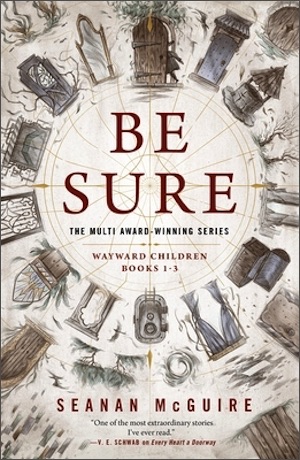

Be Sure
And then an even more powerful force appears: her grandmother and her aunties. They’re here to help. And to keep Mei from escaping the inevitable.
It all converges on the night of the full moon: the ritual, and the concert. Mei, mid-ritual, makes a choice: to be the panda, and to crash the concert. Just one more time, she tells herself. Just one. For 4*Town and her friends.
What she doesn’t figure is that her mom will completely lose it when she vanishes from the ritual circle. Her mom, it turns out, is vehemently opposed to the panda because when she first transformed, she was both huge and uncontrollable. She was epically destructive. She has very good reason for being terrified of the change.
When Mei escapes, her mom, enraged, lets the panda out. She is huge. Kong-sized huge. So huge she takes the SkyDome apart just as the concert begins.
Hence, Pandapocalypse 2002. But Mei’s grandmother and the aunties and the shaman, along with Mei’s dad, restart the ritual in the arena, not for Mei this time but for Mei’s mom. Mei’s friends ramp it up, with the help of the band. They find a way to save Mei’s mom, and Mei makes a choice. Blessing, or curse? Mei knows which one it is.
It’s all, explicitly, about becoming a woman. The first period. The first rock concert. The ways in which a girl’s body changes. The emotional storms. The cultural forces that try to clamp her down, and remove her choices, and force her into narrow definitions of what a woman can do or be. Manifesting in the form of a huge, floofy, adorable, but powerful and deadly creature who is ruled, in the end, by love and friendship.
Judith Tarr is a lifelong horse person. She supports her habit by writing works of fantasy and science fiction as well as historical novels, many of which have been published as ebooks. She’s written a primer for writers who want to write about horses: Writing Horses: The Fine Art of Getting It Right. She lives near Tucson, Arizona with a herd of Lipizzans, a clowder of cats, and a blue-eyed dog.










